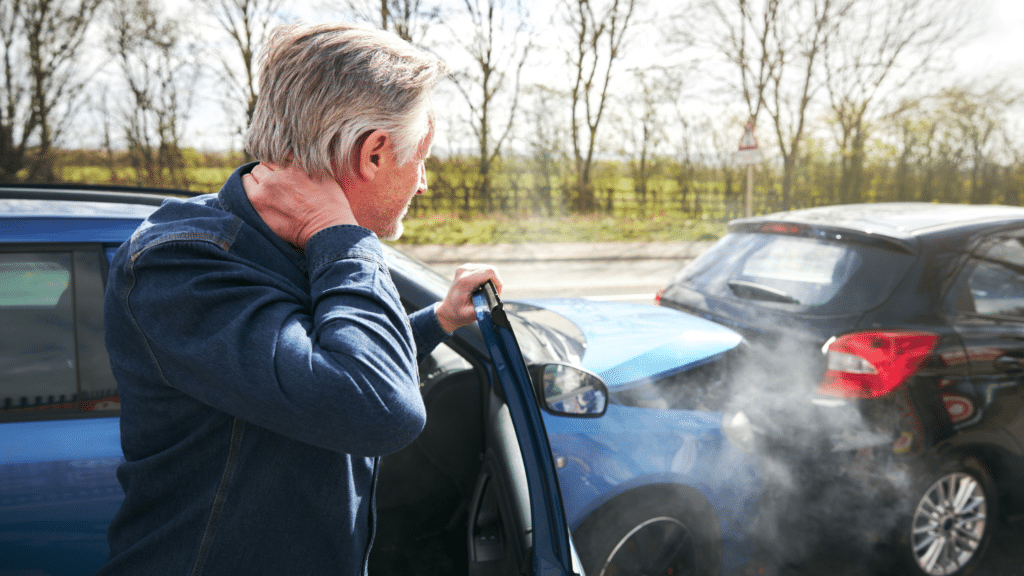Orthopaedic trauma refers to injuries to the musculoskeletal system, which includes the bones, joints, ligaments, tendons, and muscles. These injuries can be caused by various incidents, such as falls, sports injuries, and car crashes. In the context of car crashes, orthopaedic trauma can be particularly severe and debilitating. This article aims to provide a comprehensive understanding of orthopaedic trauma after a car crash and guide individuals through the process of rehabilitation.
Common Orthopaedic Injuries after a Car Crash
Car crashes can result in a wide range of orthopaedic injuries, depending on the nature and severity of the impact. Some common orthopaedic injuries include fractures, dislocations, sprains, strains, and soft tissue damage. Fractures are especially prevalent in car crashes, with the most frequently affected areas being the legs, arms, ribs, and spine. Additionally, whiplash injuries to the neck and back are also common due to the sudden jerking motion during a collision.
Immediate Steps after a Car Crash to Prevent Further Injury
After a car crash, it is crucial to take immediate steps to prevent further injury and ensure the well-being of those involved. The first priority should always be to seek medical attention, even if there are no visible signs of injury. Some injuries, such as internal bleeding or fractures, may not be immediately apparent but can have serious consequences if left untreated. It is also important to avoid moving excessively or attempting to self-diagnose the extent of the injuries. Instead, wait for medical professionals to assess and provide appropriate care.
Additionally, it is essential to document the details of the car crash, including photographs of the scene, any visible injuries, and contact information of witnesses. This documentation can be crucial when filing insurance claims or seeking legal recourse. Furthermore, it is advisable to refrain from discussing the accident or injuries with anyone other than medical professionals, as statements made in the aftermath of a crash can potentially be used against the injured party in legal proceedings.
Treatment Options for Orthopaedic Trauma
The treatment options for orthopaedic trauma after a car crash depend on the specific injuries sustained. In some cases, conservative methods such as immobilization, pain management, and physical therapy may be sufficient for recovery. However, more severe injuries may require surgical intervention. Fractures, for example, may need to be stabilized with the use of metal plates, screws, or rods. Joint dislocations may require closed reduction or, in some cases, open reduction surgery.
It is crucial to consult with an orthopaedic specialist to determine the most appropriate treatment plan. The specialist will consider factors such as the type and severity of the injury, the individual’s overall health, and any pre-existing conditions. They will then recommend a personalized treatment approach to optimize the chances of a successful recovery.
Rehabilitation and Recovery Process
The rehabilitation and recovery process following orthopaedic trauma can be lengthy and challenging. It typically involves a combination of physical therapy, pain management, and gradual reintroduction of activities. Physical therapy plays a crucial role in restoring strength, flexibility, and range of motion. The therapist will tailor exercises and techniques to the individual’s specific injury and progress.
During the recovery process, it is essential to follow the guidance and instructions provided by the healthcare team. This may include regularly attending physical therapy sessions, adhering to home exercise programs, and taking prescribed medications. It is also important to communicate any concerns or setbacks to the healthcare team to ensure adjustments can be made to the treatment plan if necessary.
Impact of Orthopaedic Trauma on Daily Life
Orthopaedic trauma can have a significant impact on an individual’s daily life, both physically and emotionally. Physical limitations resulting from the injury may affect the ability to perform routine tasks, work, or participate in recreational activities. The pain and discomfort associated with orthopaedic trauma can also lead to emotional distress, including feelings of frustration, anxiety, and depression.
In such cases, it is essential to seek support from healthcare professionals, family, and friends. Physical therapy can help individuals regain their independence and improve their quality of life. Additionally, counseling or support groups can provide a safe space to address emotional challenges and develop coping strategies.
Conclusion
Orthopaedic trauma resulting from car crashes can be a life-altering experience. Understanding the nature of these injuries, seeking immediate medical attention, and following the recommended treatment and rehabilitation plans are crucial steps towards recovery. With the right support and dedication, individuals can regain their physical function, manage their pain, and resume their daily activities. If you or someone you know has experienced orthopaedic trauma after a car crash, remember that you are not alone, and there is hope for a brighter future.
If you or someone you know has suffered orthopaedic trauma after a car crash, consult with an orthopaedic specialist to ensure proper diagnosis, treatment, and rehabilitation. Your recovery journey starts with seeking professional guidance and support.

